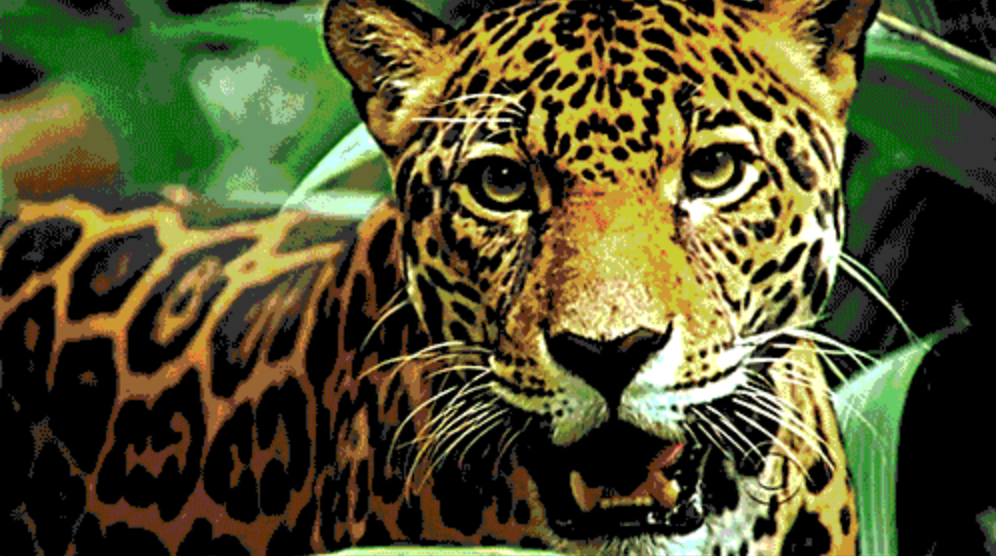
It’s one thing seeing an animal in a zoo, but an entirely different spectacle seeing the creature in its own wild environment. Indeed, the reason we find nature documentaries so alluring is the opportunity to witness an animal thriving on its own terms; living in a world that it has become perfectly attuned to thanks to countless generations of evolution.
From big cats hiding in the depths of the rainforest to ocean predators gliding gracefully through the water, here are a few striking animated GIFs of animals doing what they do best.
Male lions will sometimes try to kill cubs who pose a threat to his dominance, but these feisty lionesses aren’t having any of it.
Elephants are known for their social complexity—relationships between individual elephants may last an entire lifetime.
The songs of humpback whales can be heard from miles away. It’s thought that the ocean giants use their magical voices to communicate and attract potential mates.
Crocodiles are surprisingly gentle parents and often carry their babies in their mouths.
Tigers’ stripes to help them to blend into tall grass, an essential element of their hunting strategy.
Although polar bears look white, their hair is actually colourless—it reflects light to blend in with the snow.
Sea turtles are among nature’s greatest migrators, travelling hundreds of miles to lay their eggs on the exact beach they were born on.
There’s safety in numbers, which is why wildebeest move in such huge herds. Predators tend to only pick of young or weak individuals.
No other wild primate lives in a home as cold as the Japanese macaque’s. For this reason, they’re sometimes known as snow monkeys.
Sharks have a killer reputation, but only great white, tiger and bull sharks have reached double digits in terms of unprovoked human fatalities.
Wolves howl to defend their territory and communicate with other wolves, rallying their pack together.
Cheetahs are the fastest land animals on Earth, capable of running at 70mph.
Like elephants and hippos, tapirs wallow in mud to keep cool and deter insects.
When sockeye salmon make their way upstream to spawn, grizzly bears take their chance to stock up fat reserves for winter. One bear can eat as many as 40 salmon in a day.
With their amazing eyes, owls can judge height, width and depth with fantastic accuracy. This makes them excellent hunters.
Although usually depicted as prey in wildlife documentaries, zebras can turn aggressive if their young are threatened, kicking out violently at predators.
Young foxes are commonly referred to as kits, pups or cubs. A group of foxes is called a skulk.
Jaguars are proficient hunters, using their beautiful markings as camouflage in the jungle. They sometimes pounce from trees to catch their prey.


















